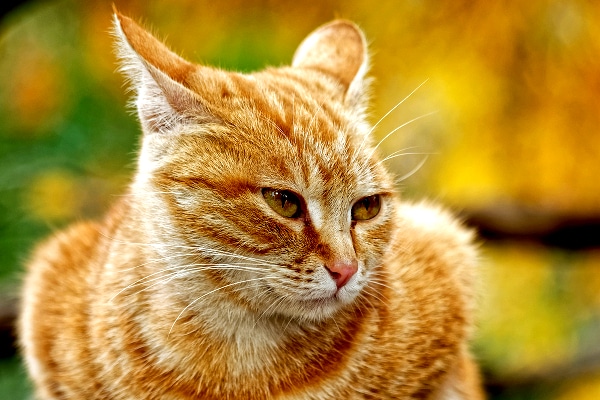10 Interesting Facts About
Cats
“…1. The first year of a cat’s life is
roughly equal to the first 15 years of human life.
Your
cat’s second year is roughly equal to the first 25 of a human's. After that,
your cat tends to develop more slowly & ages about 4 to 5 human years every
12 months.
2. Cats can rotate their ears 180 degrees.
While
humans have 6 muscles in both of their outer ears, cats have 32 muscles in each
of theirs! These muscles give cats the ability to swivel & rotate their
ears to pinpoint the exact source of a noise.

3. The hearing of the average cat is at least 5 times
stronger than that of a human adult.
Cat hearing
is extremely sensitive & can hear tones at much higher pitches than humans.
This gives them an advantage in nature, as most of their prey, such as rodents
or birds, make high-pitched sounds.
4. In the largest domestic cat breed, the average male
weighs approximately 20 pounds.
Some of
these large domestic cats include the Siberian Cat, Ragdoll, Maine Coon, & British Shorthair. These big cats are
typically known for their fluffy coats & affectionate nature.
5. Domestic cats spend about 70% of the day sleeping
& 15% of the day grooming.
Cats
are evolved to sleep most of the time they don’t spend hunting, saving up their
strength to catch their dinner. While they are not hunting at home, these
evolutionary traits have carried over. Adult cats can sleep from 16 to 20 hours
a day. Kittens & older cats can sleep almost 24 hours a day.
6. A cat cannot see directly under its nose.
While
cats are typically known for their powerful vision, they have a blind spot!
This is because prey usually does not come directly under a cat’s nose. When
prey does come close to the cat, they are much more likely to rely on their
sense of smell than their vision.
7. Most cats have no eyelashes.
8. Cats have 5 toes on each front paw, but only 4 on
the back ones.

9. Some believe that if you dream about a white cat,
good luck will follow.
In many
countries…white cats are seen as a symbol of good luck & are believed to
represent purity & happiness.

10. Meows are not innate cat language—they developed
them to communicate with humans!
Adult
cats that do not live with humans have clear communication with one another.
Cats communicate with one another through scent, facial expression, complex
body language & touch. Domesticated cats meow at humans to communicate
their needs…”











No comments:
Post a Comment